Why is Sportswear Made of Polyester? | Palmgear
by William Sanders
Polyester is the go-to fabric for activewear (sportswear). It's almost impossible to come across sportswear whose label doesn't read polyester.
And this has caught many people wondering…why polymer? What makes it special? What properties make it the workhorse of activewear?
The truth is, polyester has more than one reason why activewear manufacturers choose it over many other fabrics known to humankind.
Below, we outline the TOP benefits of polyester that make the top choice for the production of sports clothing.
Contents
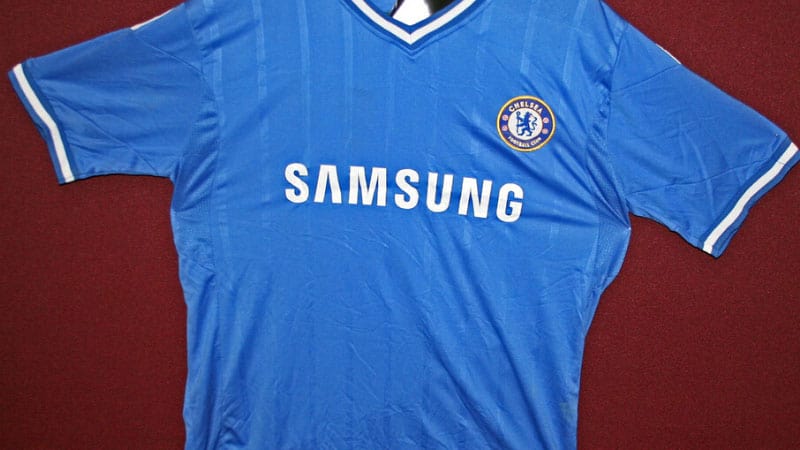
What is Polyester?
FIRST…let's have an overview of polyester.
Polyester is basically a man-made or synthetic fiber made from petroleum-based products.
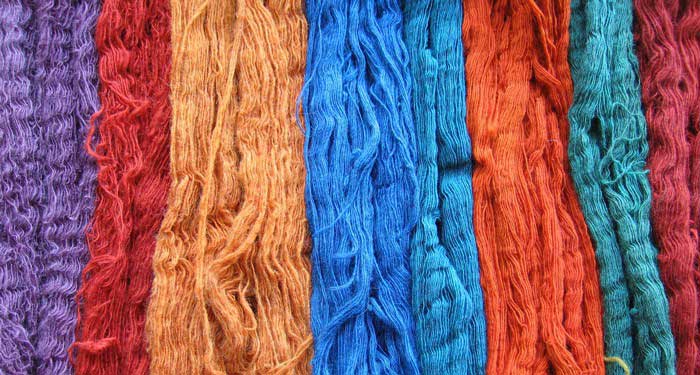
It was invented in 1941, which makes it relatively new to the game compared to fabrics like cotton.
The synthetic fiber is basically a plastic cloth (or a plastic-based fabric, if you like) that's manufactured by mixing a variety of chemicals-resulting in strong fiber.
This is the reason behind its high strength, durability, and other desirable properties that make it ideal for sportswear, as discussed below…
Why Polyester is used for Sportswear (top benefits)
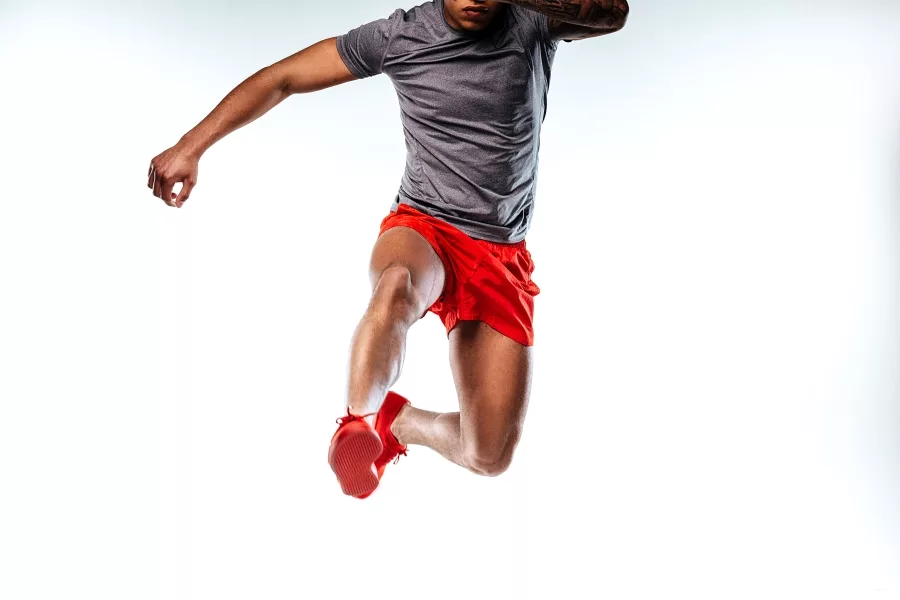
These are key properties/benefits of polyester, which makes it the perfect fabric option for making sports clothing:
Durability
One of the top reasons why polymer is a darling for top sportswear manufacturers is due to the high strength and durability is exhibits.
Short polyester fibers have a strength rating of 2.6 ~ 5.7cN/dtex, while the high-strength fibers measure 5.6 ~ 8.0cN/dtex.
(Keep in mind that the strength of fibers is measured in terms of linear mass density, which loosely translates to the weight of a given length of fiber).
Add to the fact that polyester has low hygroscopic characteristics, and it becomes clear that its wet strength and dry strength are basically the same.
What if you compare it to other fibers? The impact strength of polyester will be up to 4 times higher than that of nylon, …and up to 20 times higher than the viscose fiber.
The high-strength polyester fibers can withstand the strong, repetitive movements made by athletes and last for long. They offer excellent resistant o abrasion and hold up to repeated wearing and washes.
Excellent elasticity
Another property of polyester that explains why it enjoys unrivaled popularity in the sports clothing industry is the excellent elasticity it offers.
If you closely study the molecular structure of polyester, you'll notice that it features alternate alliphatic and aromatic compounds. These not only co tribute to the durability of this fabric but also give it high tensile strength.
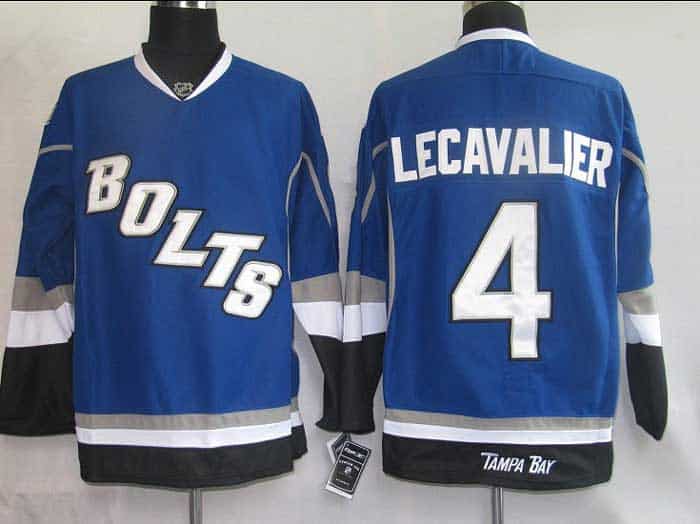
The elasticity of this fiber is close to that of wool. And if you stretch it by about 5-6%, it'll spring back into its shape almost completely!
As you can easily tell, a polyester made activewear will help an athlete make those repetitive movements without facing any resistance.
What's more, the high tensile strength makes polyester fabrics wrinkle-resistant, meaning they'll retain their shape and form every time you wash them.
To take the tensile strength of polyester even higher, sportswear brands are now blending it with Lycra (elastase fibers).
Non-absorbent fabric
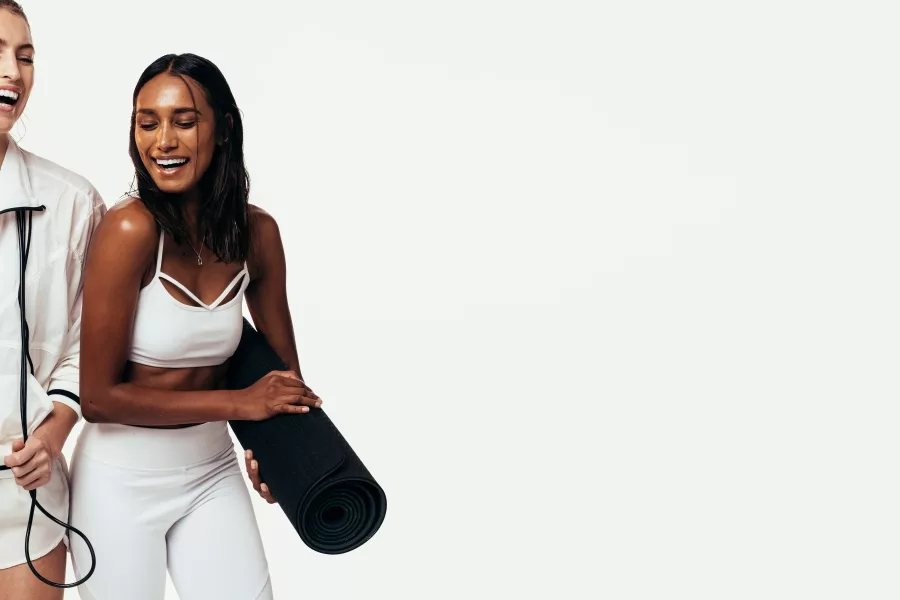
As we all know, part of the workouts involves sweating. The more intense the exercises are, the sweatier you become.
Now, if you were to wear clothes that absorb all the sweat produced by your body and soak them, the clothes will become too wet and uncomfortable. Not a good experience, right?
This is where the polyester sportswear comes in!
The fiber is hydrophobic in nature. It has a moisture regain as low as 0.4%.
For starters, moisture regain refers to the weight of water in a given material of oven dry weight. The lower the value, the less absorbent the material is.
At only 0.4%, polyester clearly has a pretty low regain value compared to fibers like cotton (MR= 8%) and wool (MR=16%). And for this reason, it won't absorb or hold your sweat or water molecules in general.
Thus, the sweat produced by your body won't be absorbed by polyester clothing. And this means the clothing won't stick to your body during exercises.
Great "wickability"
Even though we have said that polyester has extremely low regain value, it shows excellent moisture-wicking properties.
8th wonder of the world? Not really…
What really happens here is that polyester all the moisture (in this case, the sweat produced by your body), it doesn't retain it in its fibers (because it has low water regain value).
Instead, it transfers it to the outside where it evaporates quickly, leaving your activewear totally dry.
This is unlike what happens in cotton…it absorbs all the sweat and retains, making your garments feel bulky and uncomfortable.
Lightweight
The last thing you want to do workout when wearing heavy athletic shirt, jersey, or shorts that feel heavy.
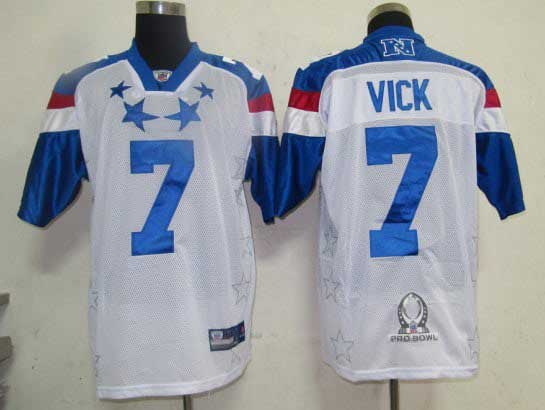
This can not only limit your movements but will also feel uncomfortable on your body.
Sportswear brands use polyester fabric to make athletic wear because it feels incredibly lightweight, so you won't feel weighed down.
The lighter your clothing, the swifter your moves will become.
What are the drawbacks of polyester for sportswear?
Despite being the best fabric for sportswear use, polyester isn't 100% flawless. It has a few drawbacks, which include:
- It lacks the anti-bacterial properties associated with the natural fibers. In other words, it syndetic nature can foster backer growth, and make your polyester jersey, short, etc. stinky.
- The fabric doesn't feel soft against the skin as cotton, wool, and other fibers do. While some people are uncomfortable with this feel, others are completely okay with it and have no issues with it (so, this is a matter of personal preference)
Final Verdict
If you have always wondered why all the brands involved in the manufacturing of sportswear prefer the polyester to other fabrics, now you have got the answer.
The man-made fabric is incredibly durable to withstand repeated movements, it has excellent elasticity to ensure it doesn't limit your movements, it dry-wicks moisture, doesn't get soaked in your sweat, and it feels incredibly light.
The only downsides of polyester, when used in sportswear, is that it lacks antibacterial properties and can make your athletic wear smelly if not washed. Some athletes also don't like how it feels against the body.
Nonetheless, polyester has excellent properties that make it the top fabric for manufacturing your sportswear!
 |
 |
 |
 |
 |
 |
 |
 |

About William Sanders
William Sanders was born and raised in California. After receiving his Master’s degree in information science from San Diego State University, he started working as a city councilor. In his spare time, William enjoys playing best-selling MMORPG games such as World of Warcraft and Fnal Fantasy, where he often takes on the role of guild leader with hundreds of players collaborating for success under his leadership. William is also a regular contributor to some popular magazines such as San Jose Mercury News, Gleanster Research, and Palmgear.
Leave a Reply
You can get FREE Gifts. Or latest Free phones here.
Disable Ad block to reveal all the info. Once done, hit a button below
 |
 |
 |
 |